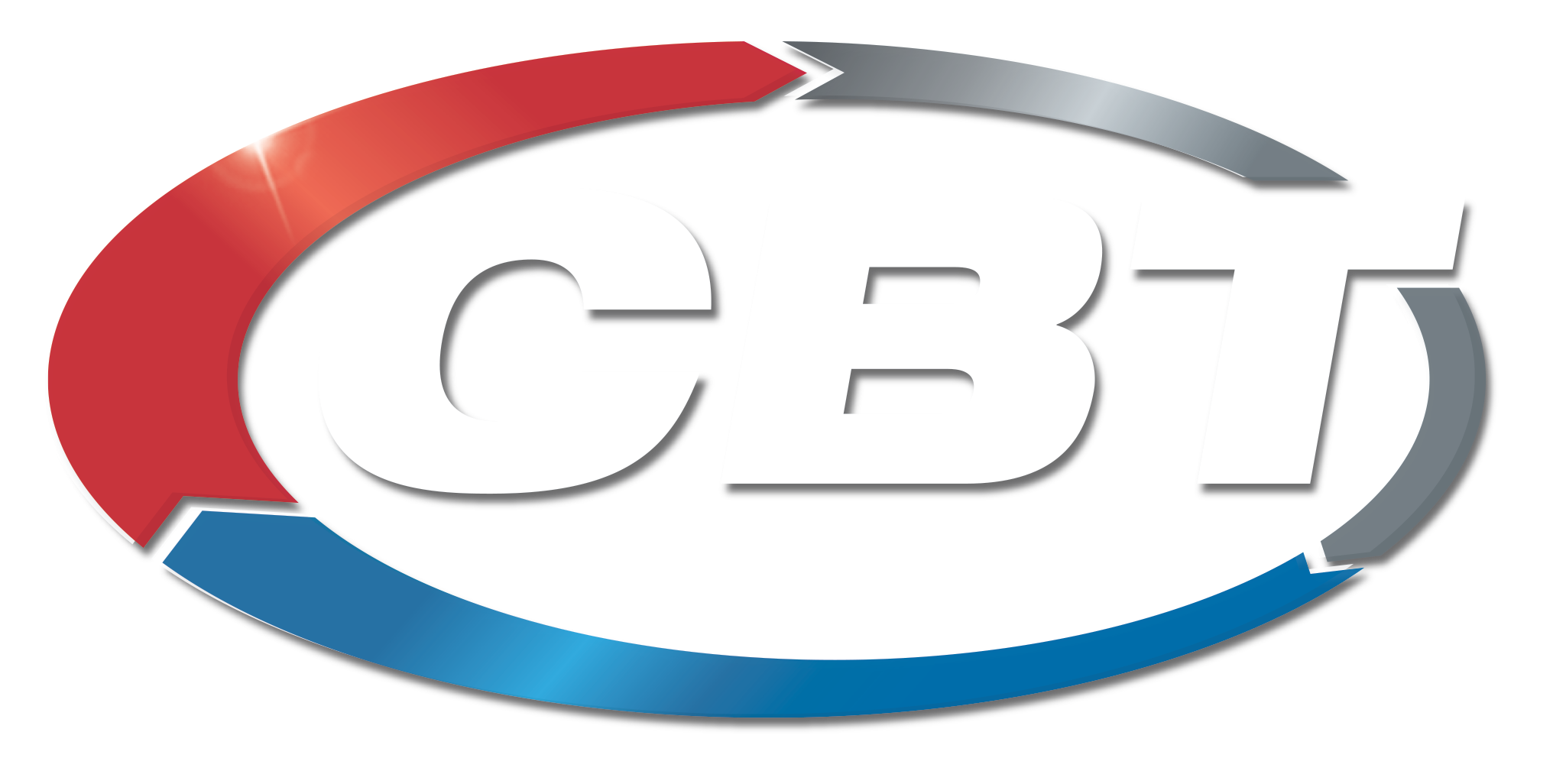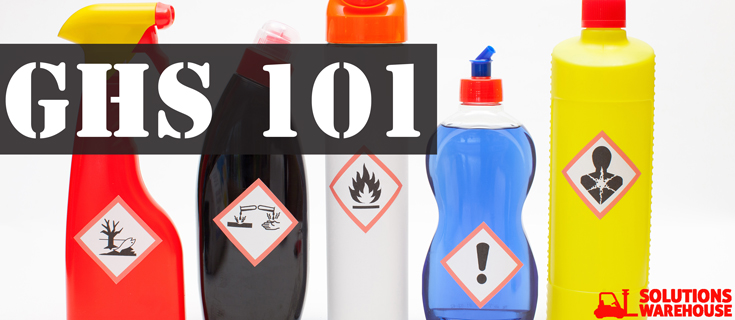We’ve posted before about GHS compliance, but what really is the Globally Harmonized System? Many have a misconception that it is a globally accepted, and implemented, law for the classification of hazardous chemicals, but that is not necessarily the case. Here are the things you need to know about the GHS to keep your facility and employees safe:
- GHS stands for the Globally Harmonized System of the Classification and Labeling of Chemicals.
- It is a set of guidelines for ensuring the safe production, transport, handling, use, and disposal of hazardous materials
- The GHS was developed by the United Nations as a way to bring into agreement the chemical regulations and standards of different countries. In short, it is an international attempt to get everyone on the same page. The idea is that every country will incorporate the GHS into their own chemical management systems in order to make international sale and transportation of hazardous chemicals easier, and in turn, make workplace conditions safer for all.
- The US officially adopted the GHS on March 26, 2012.
- The GHS is NOT a global law or regulation it’s a system. Think of it as a set of recommendations or best practices. No country is obligated to adopt the GHS.
- Countries can pick and choose pieces of the system they wish to incorporate in their own regulations.
- Over 65 countries have either adopted the system or are in the process of adopting it.
- Safety labels, safety data sheets, and chemical classification will be the most noticeable changes brought by the GHS.
- The GHS has standardized content and format of safety data sheets, as well as safety labels with 6 standardized elements that include specific language depending upon chemical classification.
- The GHS is meant to be a logical and comprehensive approach to defining health, physical, and environmental hazards of chemicals. It is also utilized to create classification processes that use available data on chemicals for comparison with the defined hazard criteria.
 According to msdsonline OSHA anticipates the incorporation of the Globally Harmonized System will prevent 43 fatalities and 585 injuries annually, while saving $500 million a year. Incorporating the GHS into your safety program is strongly encouraged, and educating your employees is equally as important. Take this interactive quiz from Safety & Health Magazine to test your GHS knowledge. CBT has numerous products and services to help your plant remain GHS compliant. Contact your CBT specialist today for more information.
According to msdsonline OSHA anticipates the incorporation of the Globally Harmonized System will prevent 43 fatalities and 585 injuries annually, while saving $500 million a year. Incorporating the GHS into your safety program is strongly encouraged, and educating your employees is equally as important. Take this interactive quiz from Safety & Health Magazine to test your GHS knowledge. CBT has numerous products and services to help your plant remain GHS compliant. Contact your CBT specialist today for more information.













